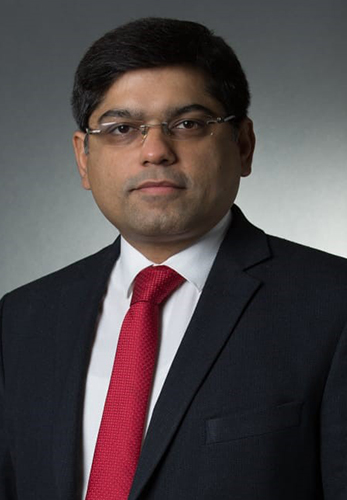Only intelligent office automation and AI can relieve them of the new and unforeseeable challenges of acquiring, onboarding and motivating talent
Not only are human resource personnel working hard to process heavy workloads comprising resignations, transfers, onboarding and recruitment—they have new roles to play in expanding employee engagement initiatives, keeping all levels of personnel trained and continually upskilled; and ensuring a sustainable flow of good quality job candidates to gaps in an employees’ market.
Many HR talents themselves could be so overworked without meeting key performance indicators, that they too, become part of the staff movements!
Obviously, as part of many firms’ digital transformation programs, HR departments have also become more automated and data-driven to handle staff shortages, high attrition rates and heavy workloads. How? Sumit Sabharwal, CEO, TeamLease HRtech, tells DigiconAsia what is happening in the HR tech scene.
DigiconAsia: What are the new challenges and demands in the HR industry due to the widespread adoption or legal stipulation of hybrid work models?
SS: As the hybrid work model gradually becomes the norm, HR professionals and management boards will need to understand and adapt to the new employee psychology. Only then leaders in the new workplace engage with talent accordingly to ensure win-win relationships.
While there are many unknowns and challenges, this is actually an opportunity for the HR function to reinvent itself and rethink its approaches. It can also be the perfect time to build or adopt a robust HR technology platform.
DigiconAsia: How can HR tech be leveraged?

Chief Executive Officer
TeamLease HRtech
Sumit Sabharwal (SS): In the Great Resignation, organizations often try to do damage control once an employee gives notice of resignation. However, the cause did not occur overnight. The employee has usually been unhappy for at least a few months before deciding to quit. Regular employee engagement with HR Tech-enabled platforms makes it easier for companies to identify when an employee is unhappy.
It can be difficult to discern at first glance. However, a demotivated and burnt-out/unhappy employee acts differently from a motivated and happy one. HR tech platforms that feature frequent employee engagement such as pulse surveys can give insights into how each employee is progressing, and use the data to predict the outcome of that employee’s journey in the company with increased accuracy.
With a HR tech platform that is focused on the three C’s, employee engagement begins before the employee comes on board, and it is a continuous process. Hiring managers can harness HR tech products to engage employees and provide them with a seamless experience. Technologies like AI and ML can be leveraged to predict employee behavior and gauge when satisfaction is running high or low. AI-enabled chatbots, emails, automatic call scheduling, and applicant tracking systems are ways that technology comes to the rescue of organizations to keep up employee engagement.
Within the HR department itself, technology enhances operational efficiency and accuracy, facilitates transparent and accurate performance analyses, ensures satisfactory appraisals, mandates regular staff engagement, and makes recruitment easier and frictionless.
Unlike Excel-based and manual HR database systems, advanced HR technologies adopt AI and ML to shortlist the most suitable candidates for the right job roles in the organization.
DigiconAsia: How can HR professionals craft corporate policies that will help keep employees engaged and happy in the post-pandemic workplace, especially the young GenZ groups that are highly mobile?
SS: GenZ is truly bringing about a transformation in the way HR policies function in companies, and they are positive changes.
There is now greater employee engagement, transparency in performance analysis, constant reciprocation based on surveys, and other activities that help tweak existing HR policies to cater to the new-age workforce. Introducing such altered policies will ensure young, qualified talent is retained at organizations.
In the post-pandemic world, technology is being accorded greater importance by businesses across verticals, and the HR departments of organizations are converging on the three Cs to help distributed workforces work well together: Camaraderie, Cohesion, and Collaboration.
For example, an online social networking platform with frequent personal meetings can go a long way in acting as a catalyst to improve the three Cs.
DigiconAsia: How can IT teams help HR departments to make full use of the HR latest technology to co-create optimal results in talent acquisition and retention?
SS: Both HR and IT are integral to the smooth functioning of a company. When the HR heads of an organization work closely with IT decision makers, it facilitates a collaborative relationship that results in effective company-wide communication and enhances workplace culture and employee satisfaction.
Only with close consultation can IT help HR to choosing the right HR tech tools and platforms. A platform built on functional expertise will be miles ahead and future-ready compared to one built simply based on what the market offers. Seamless collaboration between HR and IT will allow the company to move multiple steps ahead of others in the market and ensure a great employee experience.
DigiconAsia thanks Sumit for sharing his HR tech insights with readers.
